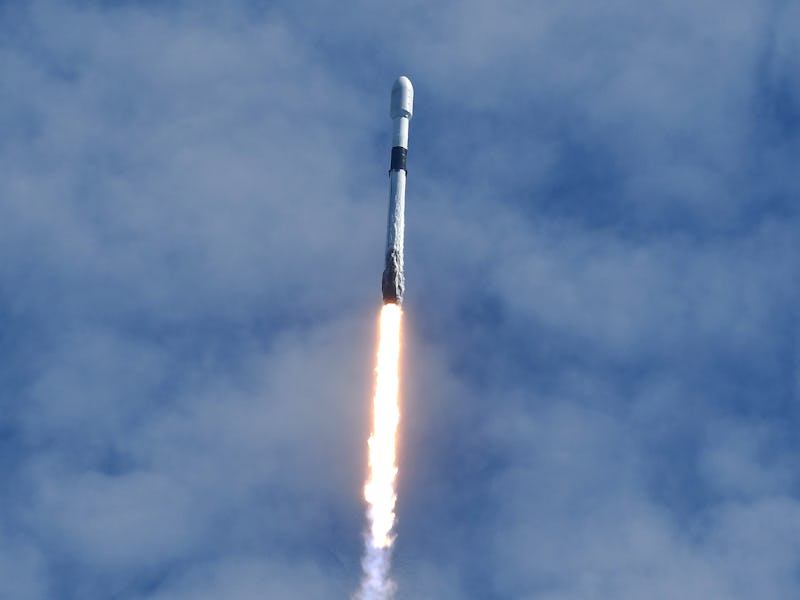Starlink: Watch SpaceX hit a new milestone with latest launch
Elon Musk's ambitious internet project is inching closer to fruition. Here's what you need to know about Thursday's event.

SpaceX is one step closer to its goal of a mega-constellation in Earth’s orbit providing high-speed internet.
On Thursday, September 3, SpaceX successfully launched 60 Starlink satellites into orbit.
Here's everything you need to know about the launch, and what it means for the future of Elon Musk's ambitious internet project.
Starlink launches into Low Earth Orbit — Launching on Thursday at 8:46 AM from Launch Complex 39A at Cape Canaveral, Florida, the satellites travelled aboard SpaceX's Falcon 9 rocket. The event marked the twelfth successful Starlink launch to date. After launch, the first stage of the rocket successfully returned to Earth, landing on the company’s Of Course I Still Love You droneship.
After reaching 210 miles above the Earth, a region known as Low Earth Orbit, the rocket deployed its satellite cargo. Each Starlink satellite weighs around 570 pounds.
The launch means that as of September 3, SpaceX has launch 715 Starlink satellites into Low Earth Orbit. That puts the company at a little under halfway towards its immediate goal of 1,584 satellites.
You can watch the entire launch here:
Latency tests — The company noted on Twitter that initial tests of latency data seemed promising for this latest batch, showing download speeds of over 100 megabits per second.
That is “fast enough to stream multiple HD movies at once and still have bandwidth to spare,” the company said. Internet speed is relative, of course, to how many users are using a connection at the same time.
What's next for Starlink — SpaceX has ambitious plans for a much larger Starlink system: in 2019, the company filed paperwork with the International Telecommunication Union to launch as many as 30,000 more satellites. Some reports suggest the number may be as high as 42,000.
Starlink satellites have faced opposition from astronomers, who have claimed that the project makes it harder to study the skies with reflective light from the satellites clouding their telescopes. While the company has cut down on the reflective light from the satellites with visors, astronomers still worry the effort is not enough to protect the night sky.
Facing competition from a variety of competitors planning similar constellations, including Amazon, SpaceX plans to capitalize on its early lead in the race for space-based internet.
Another Starlink launch is planned for an unknown date later this month. SpaceX hopes to send another 60 satellites to join its growing constellation via the Falcon 9.
The race is on.